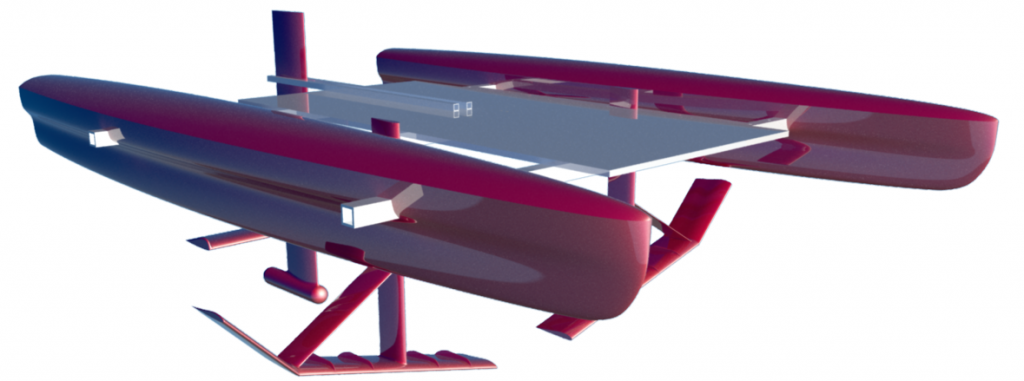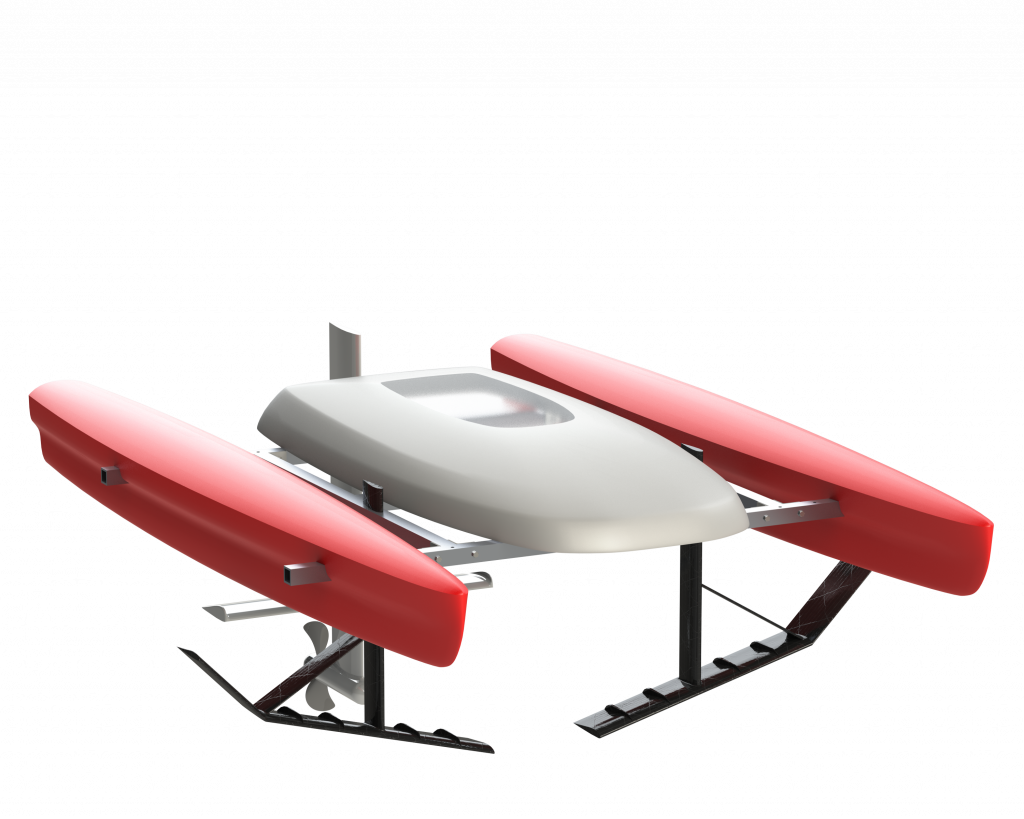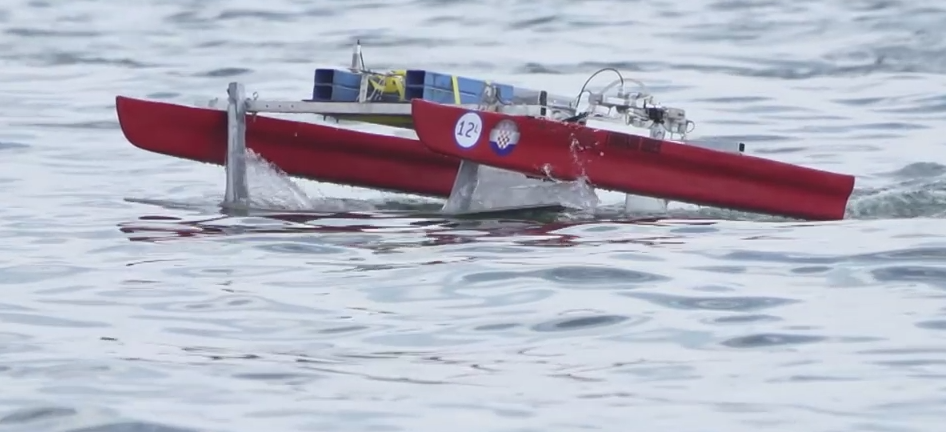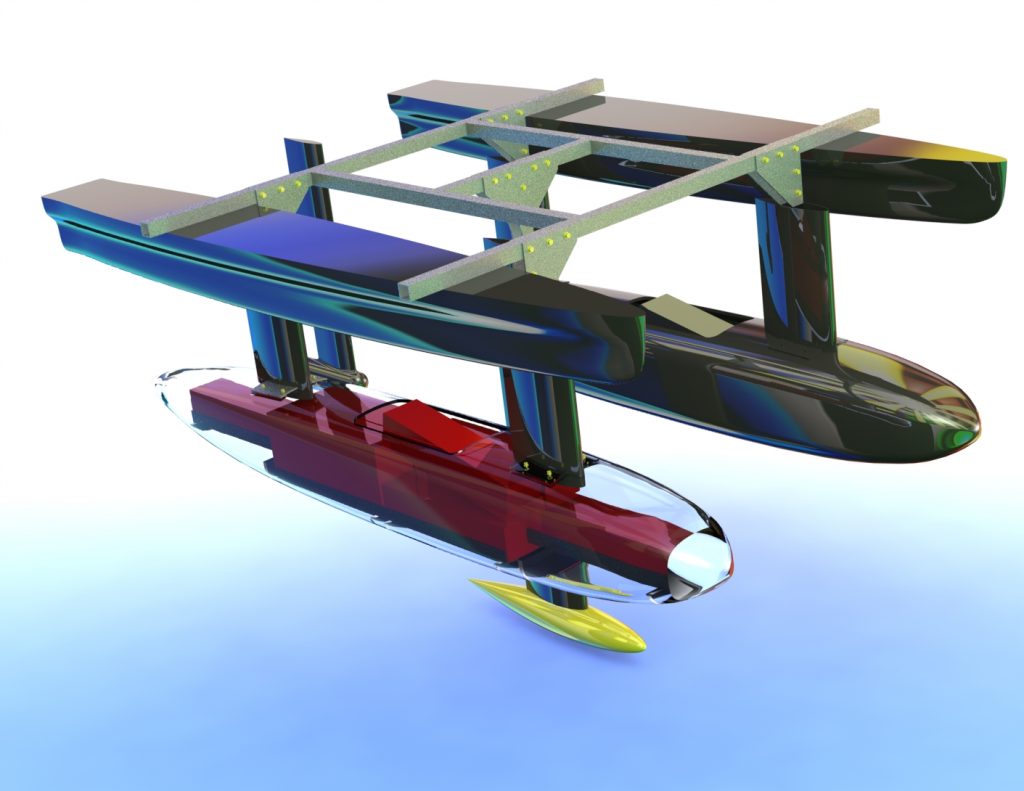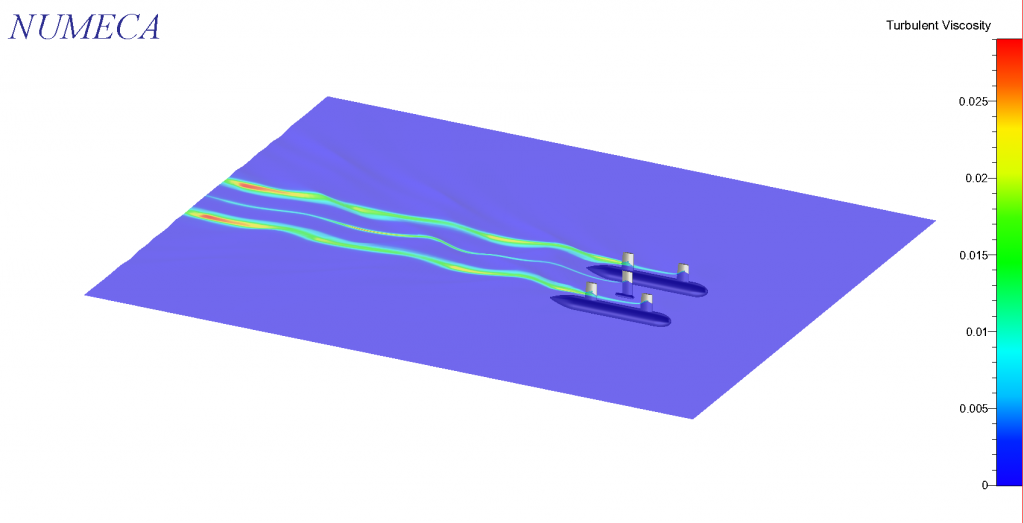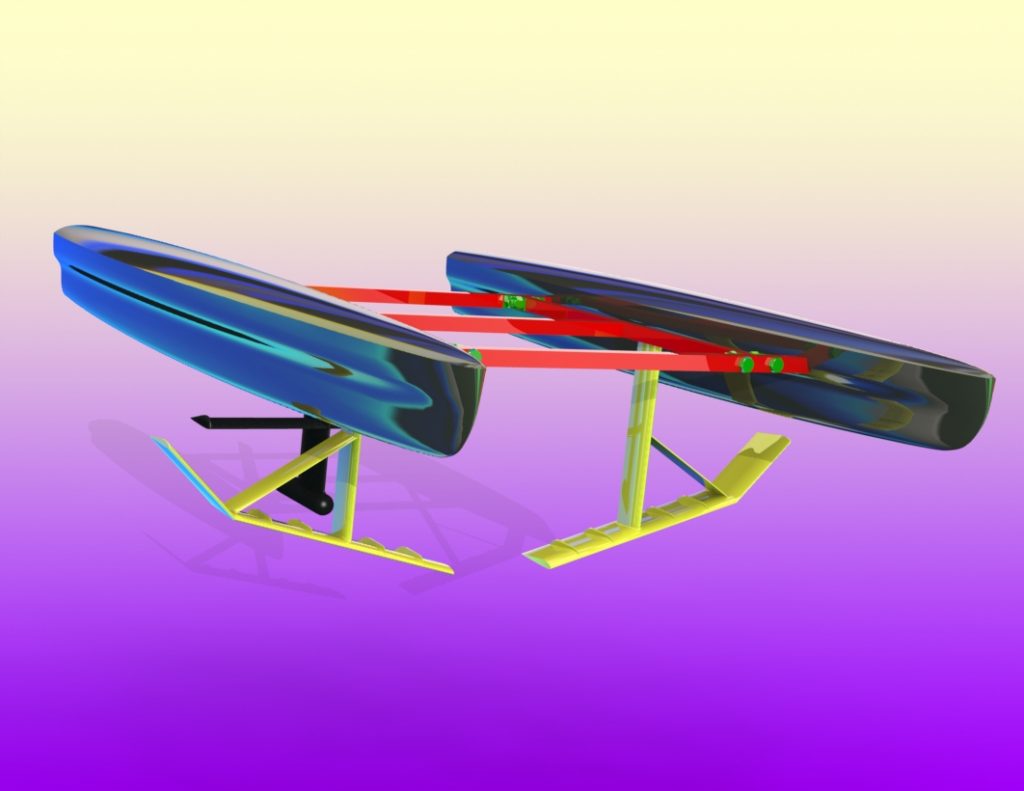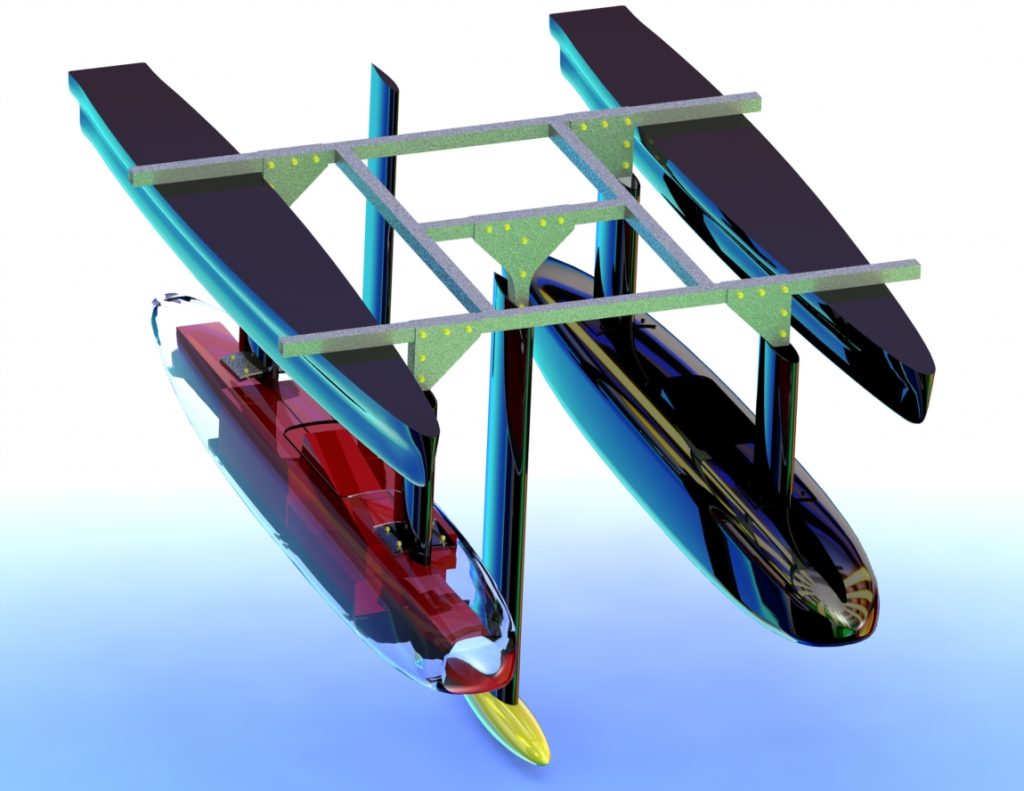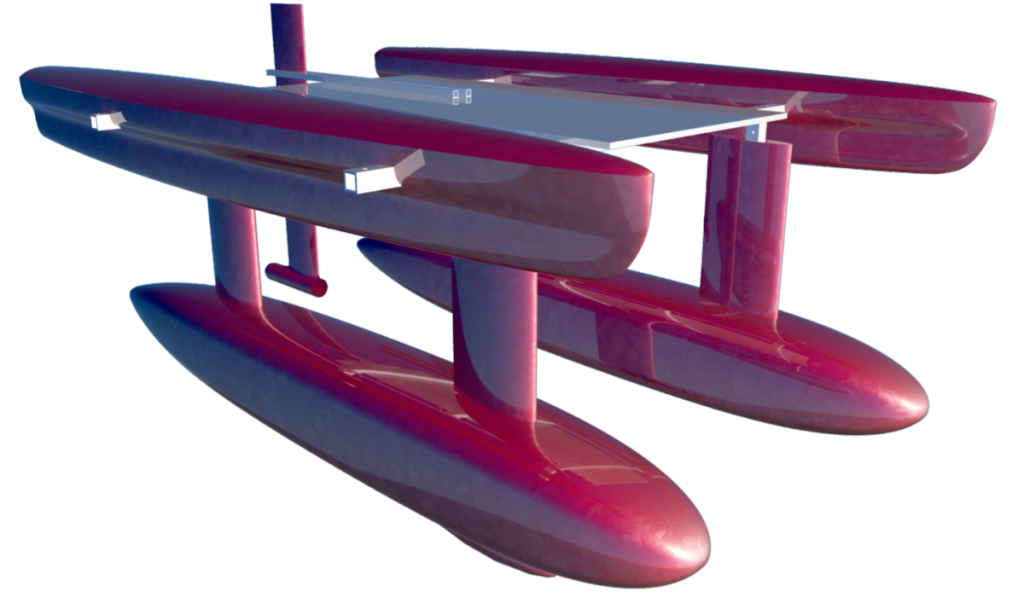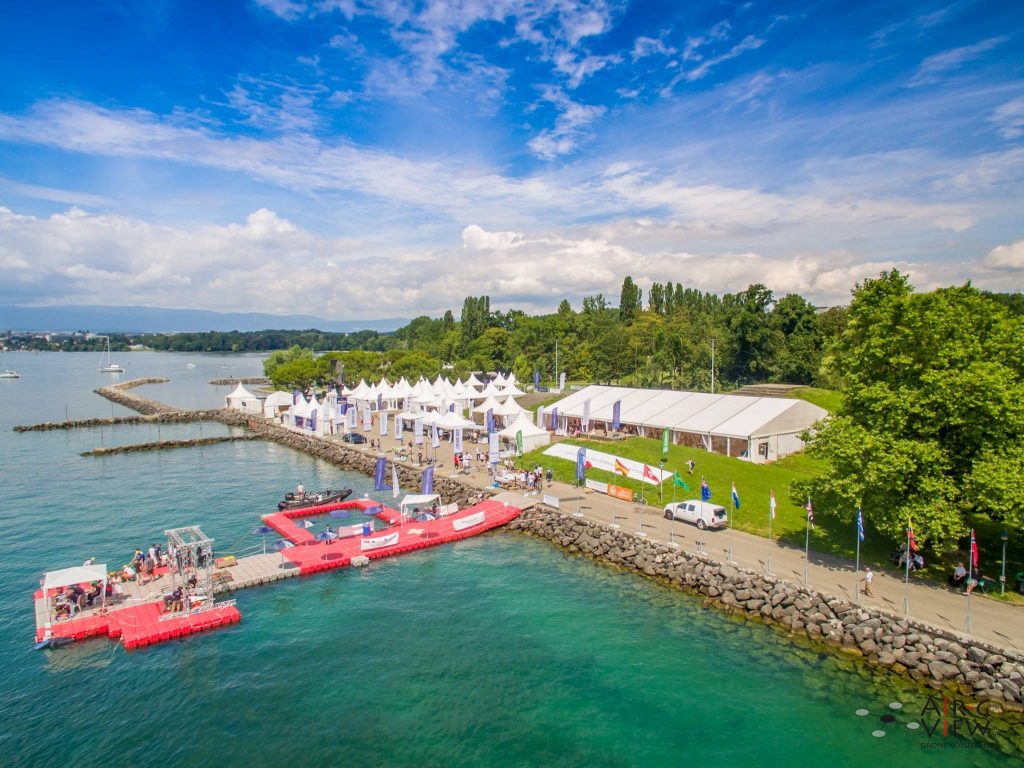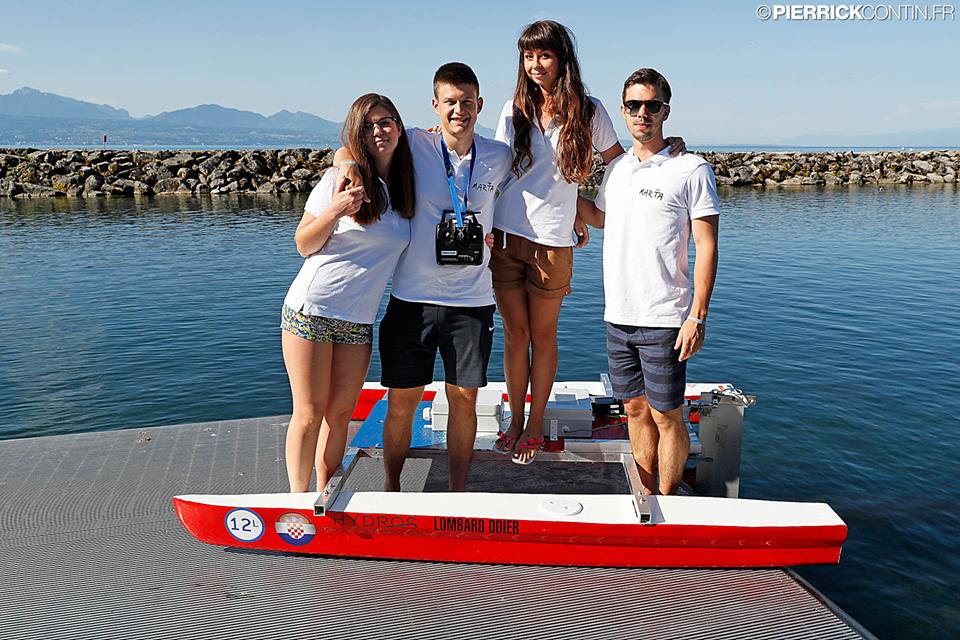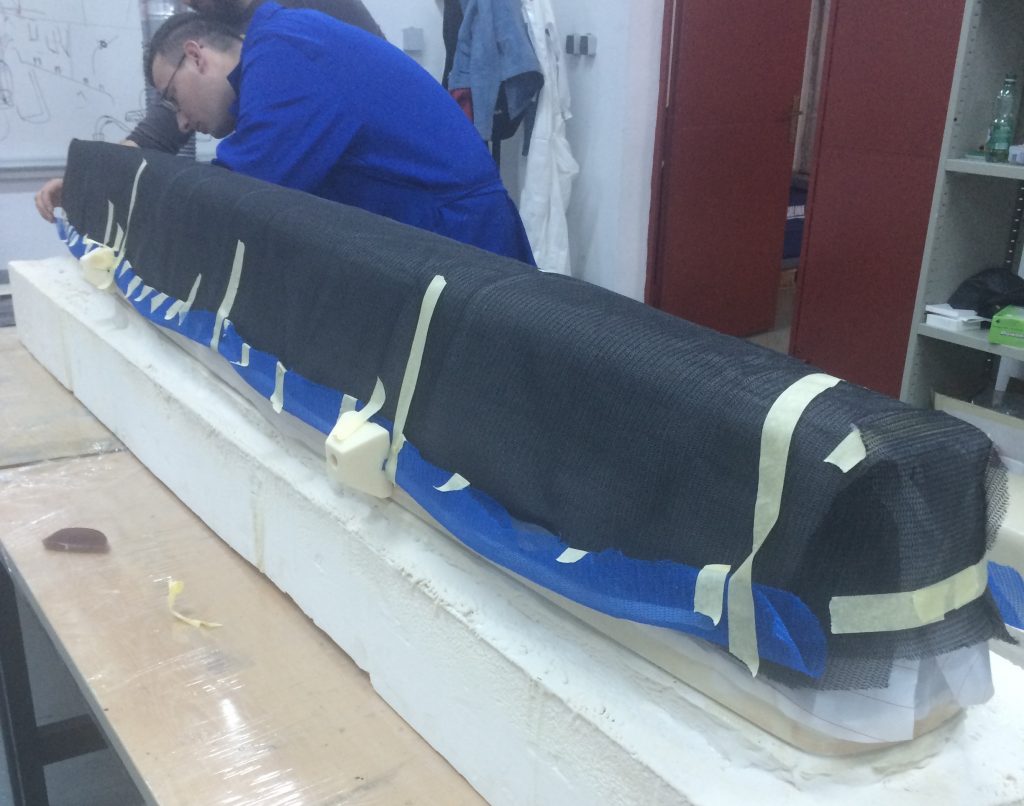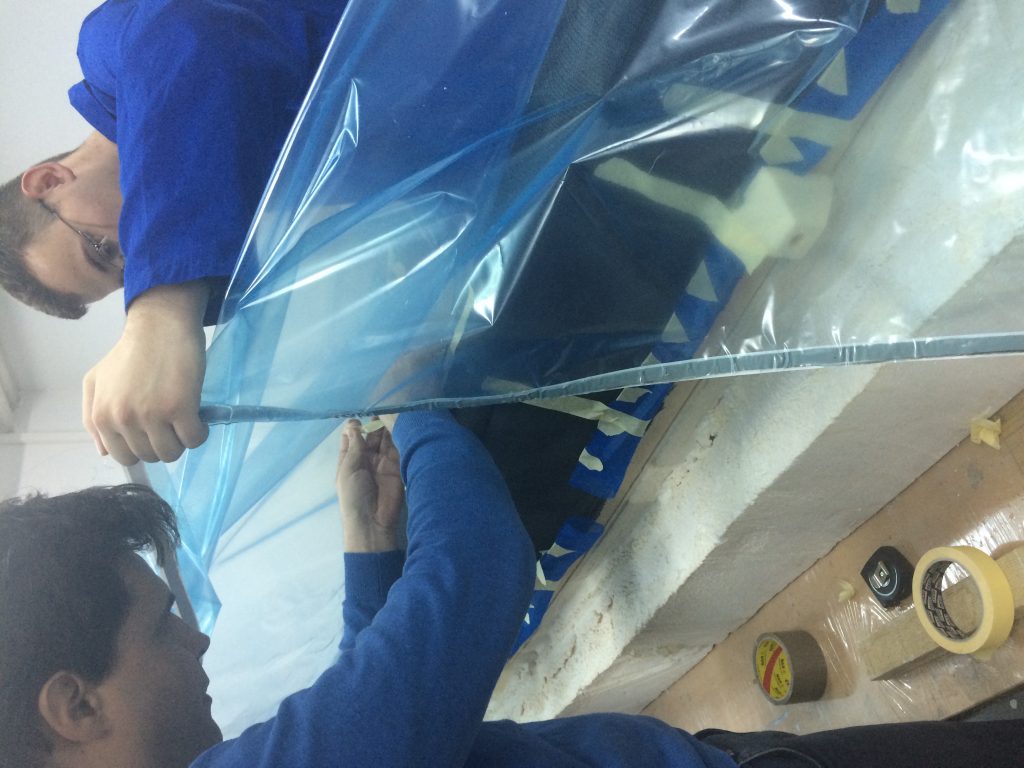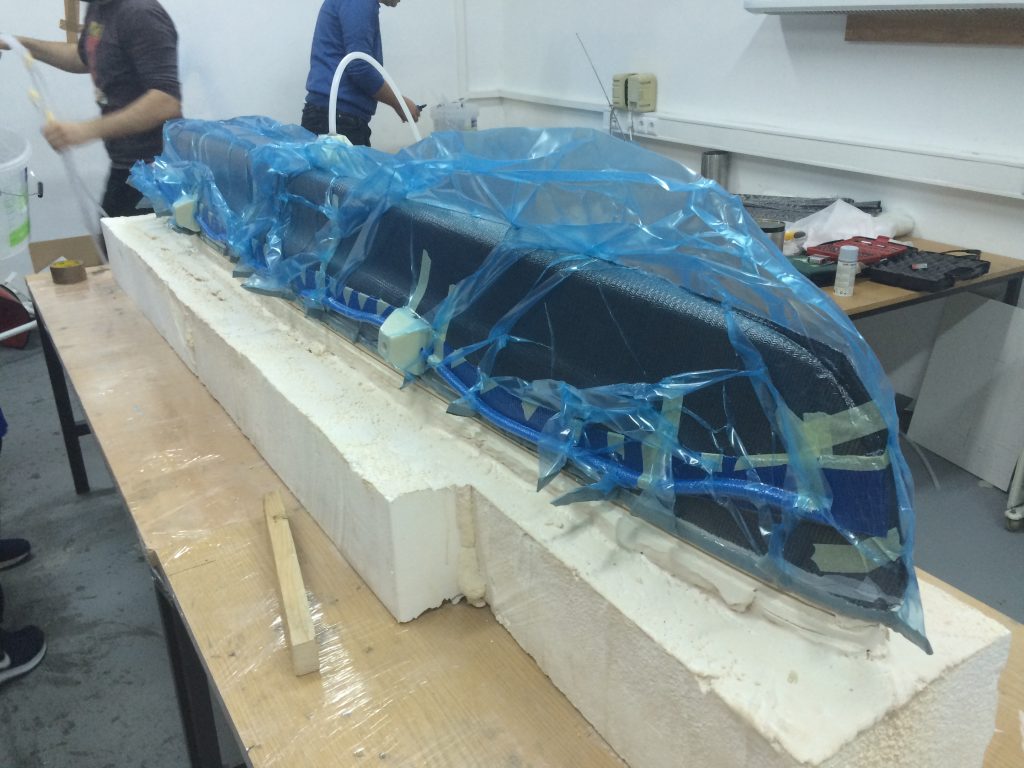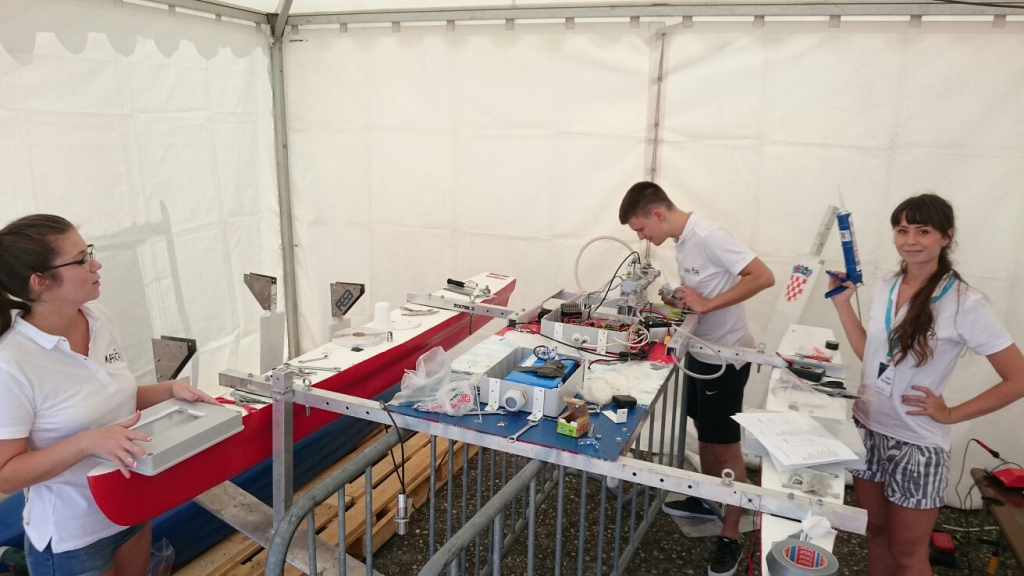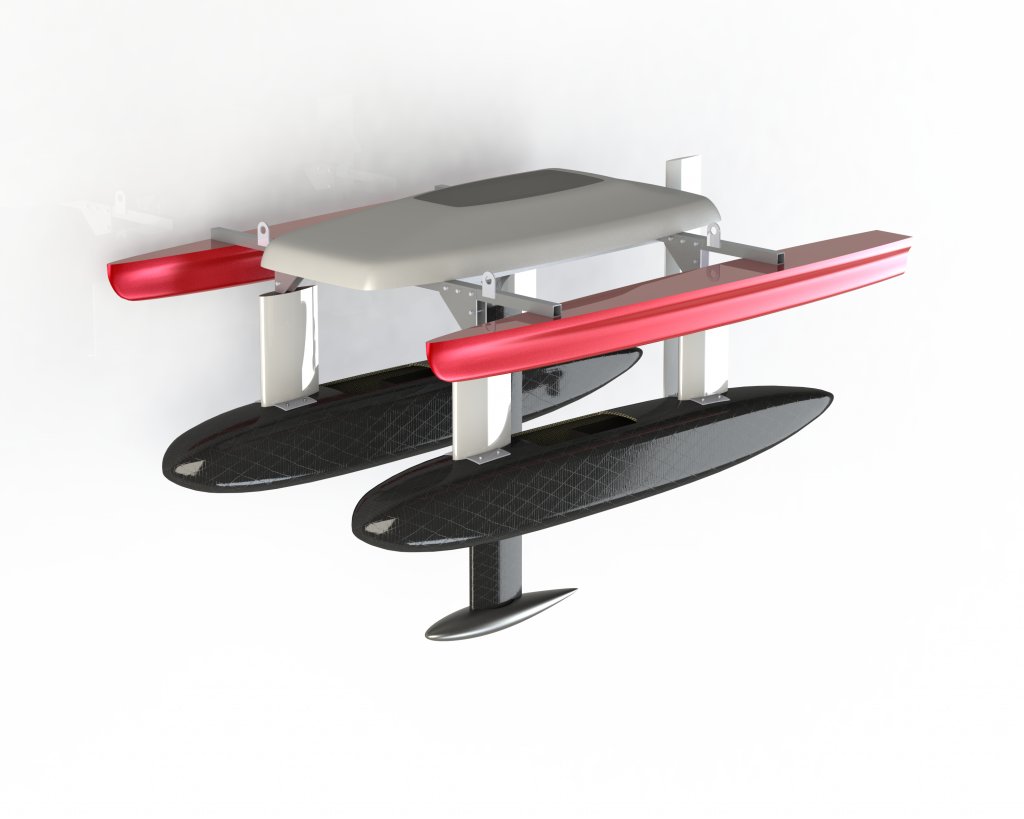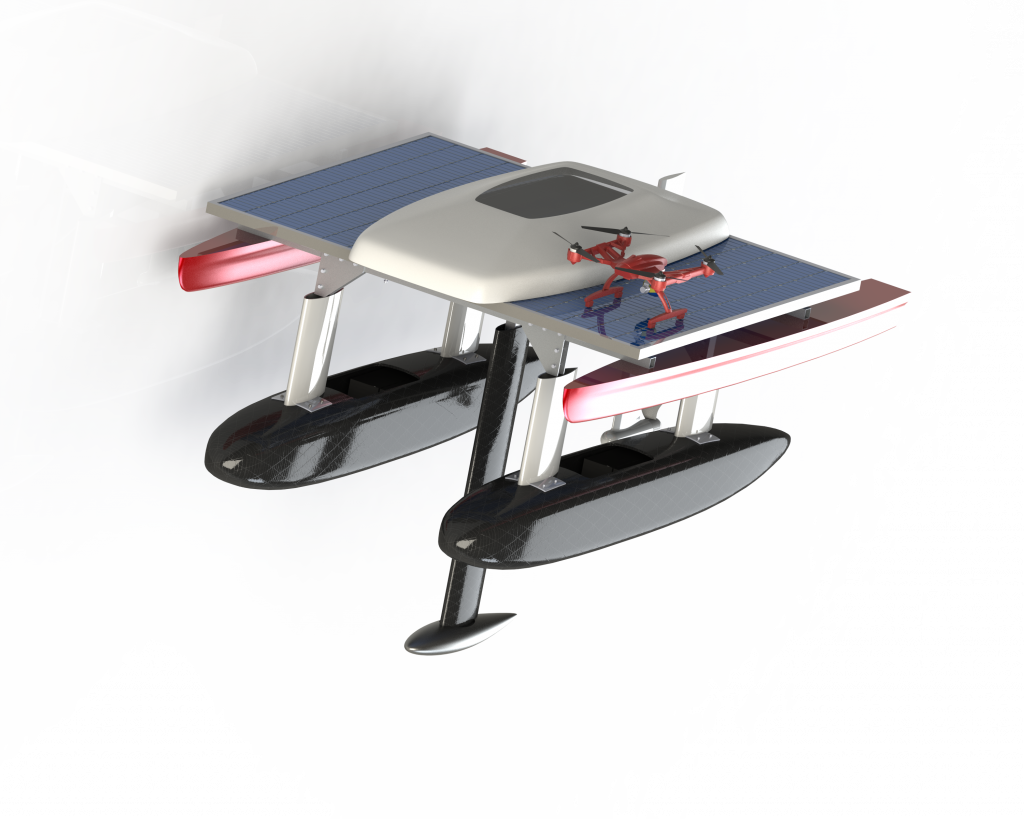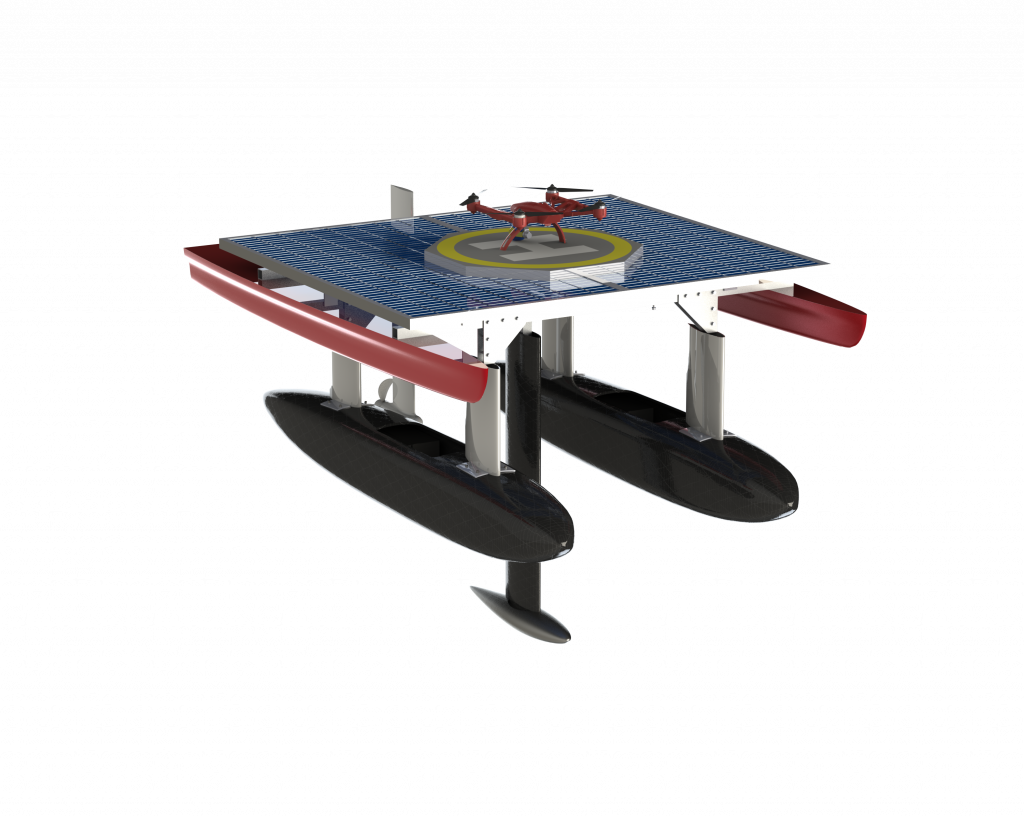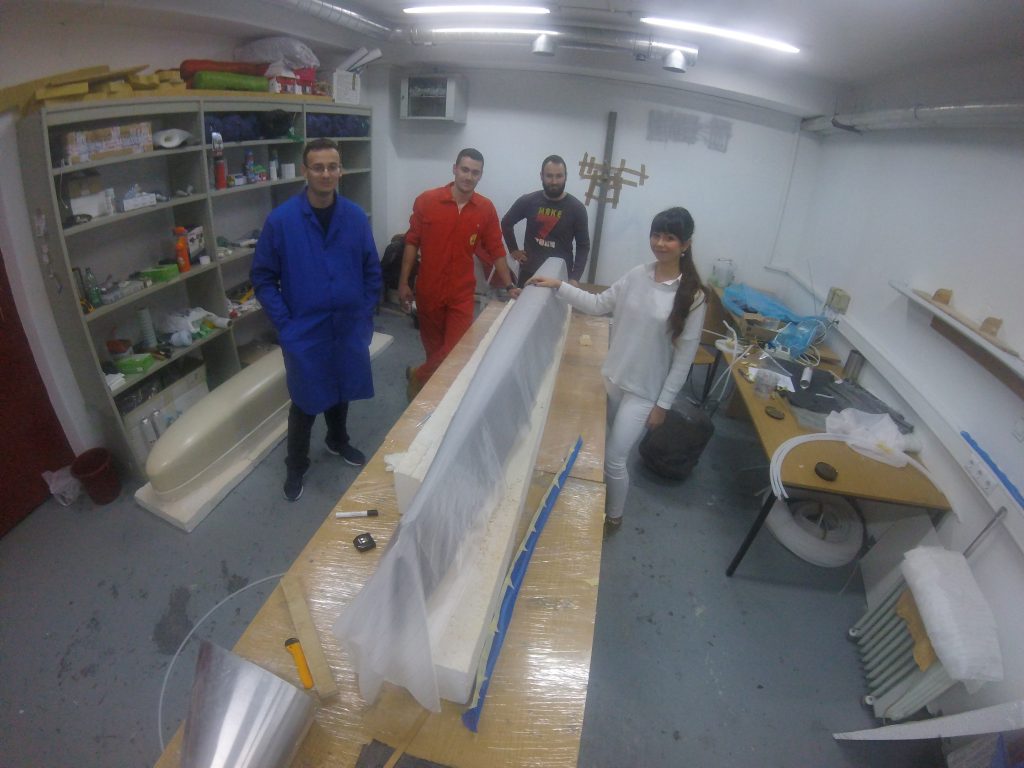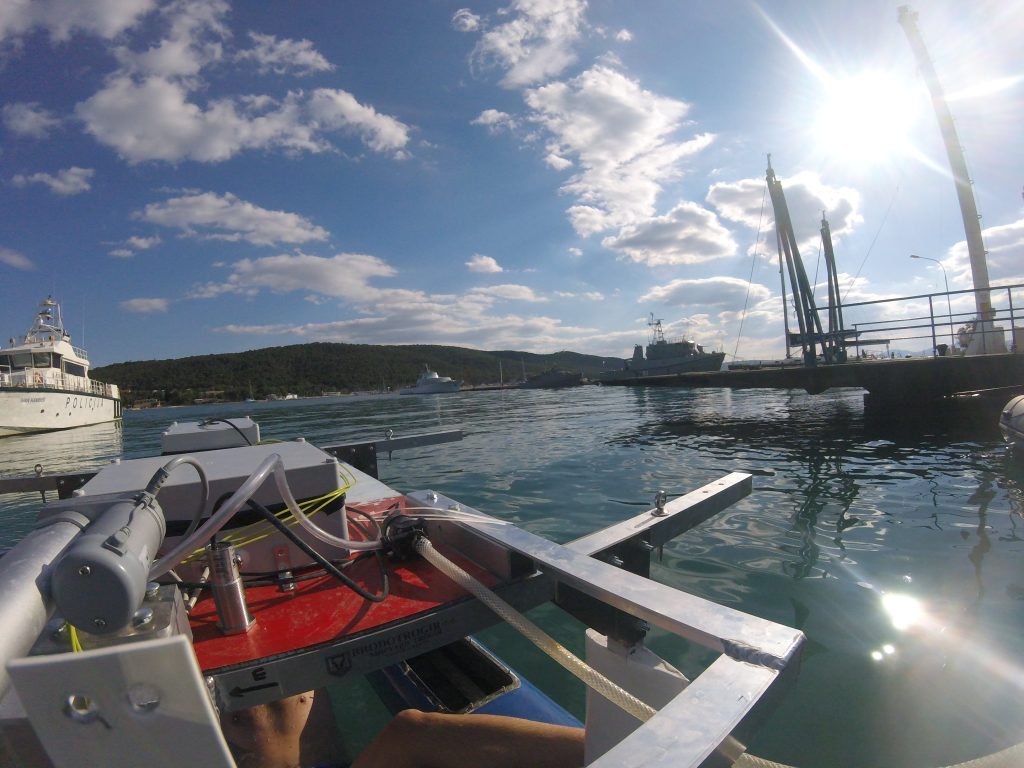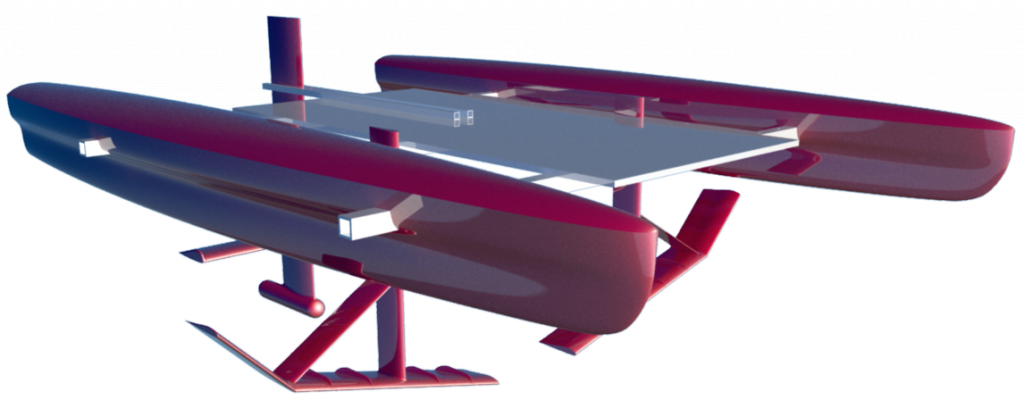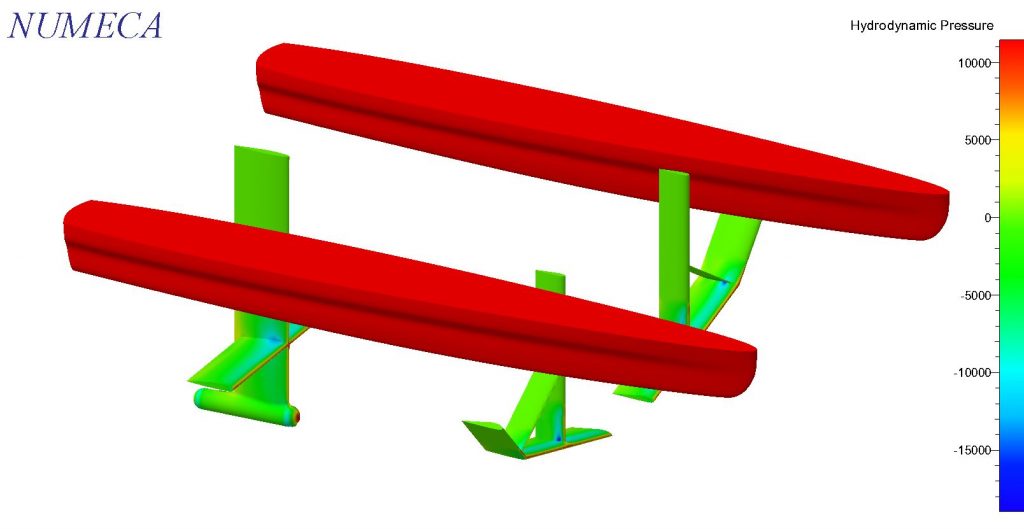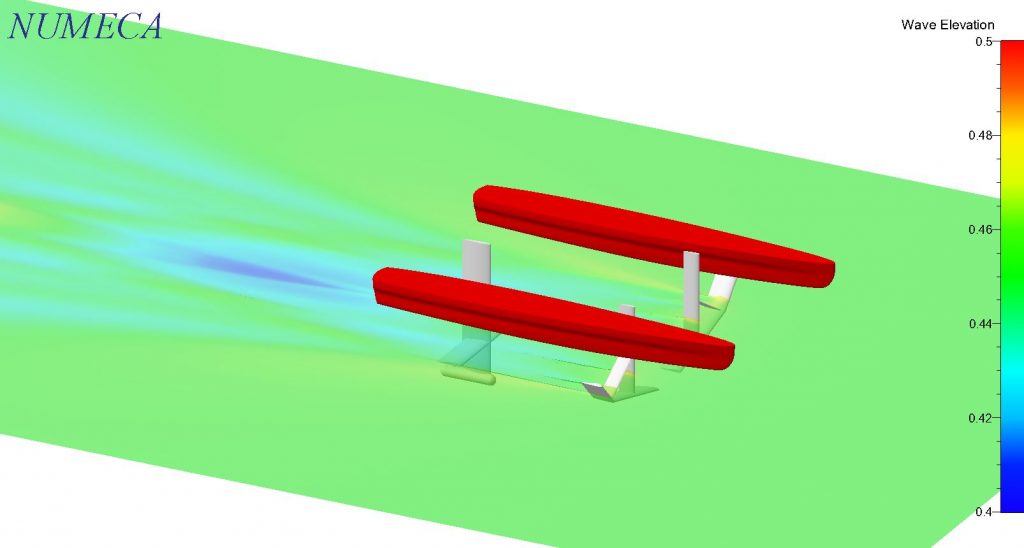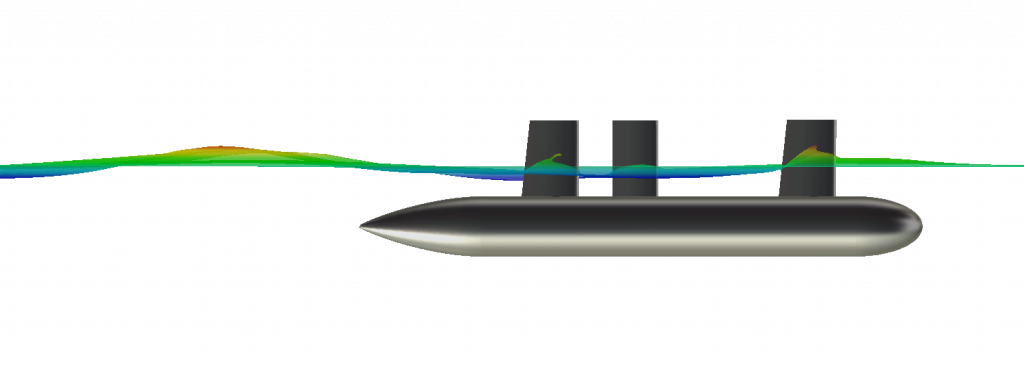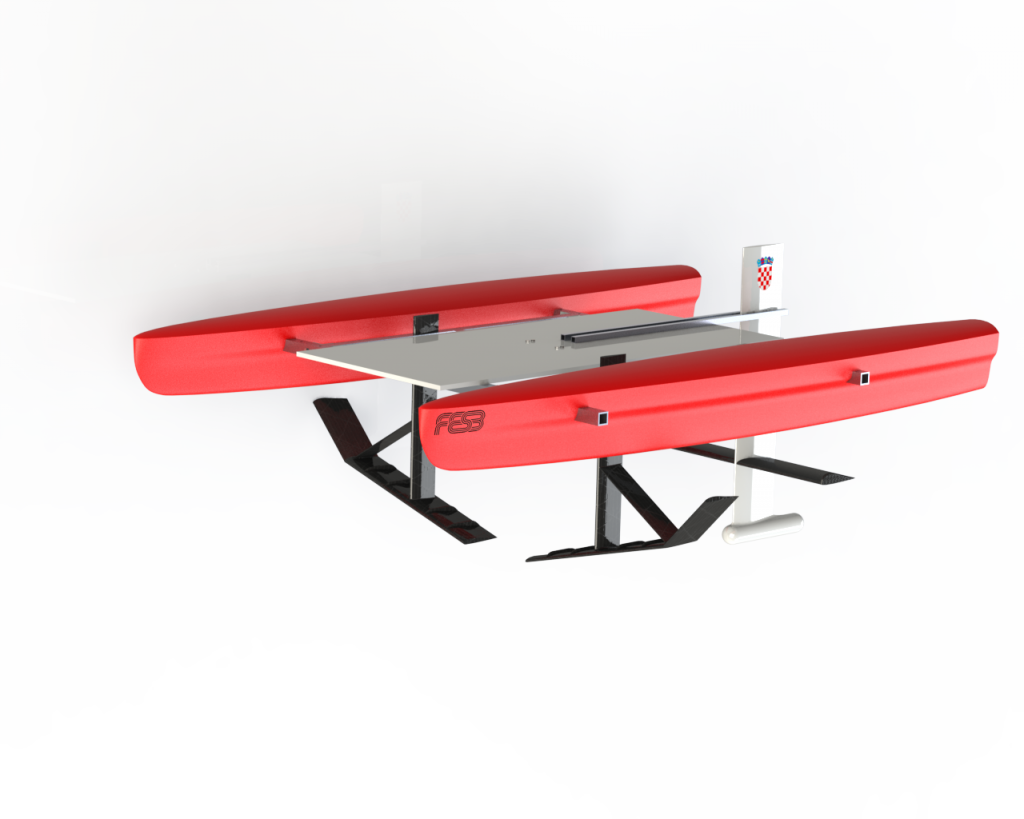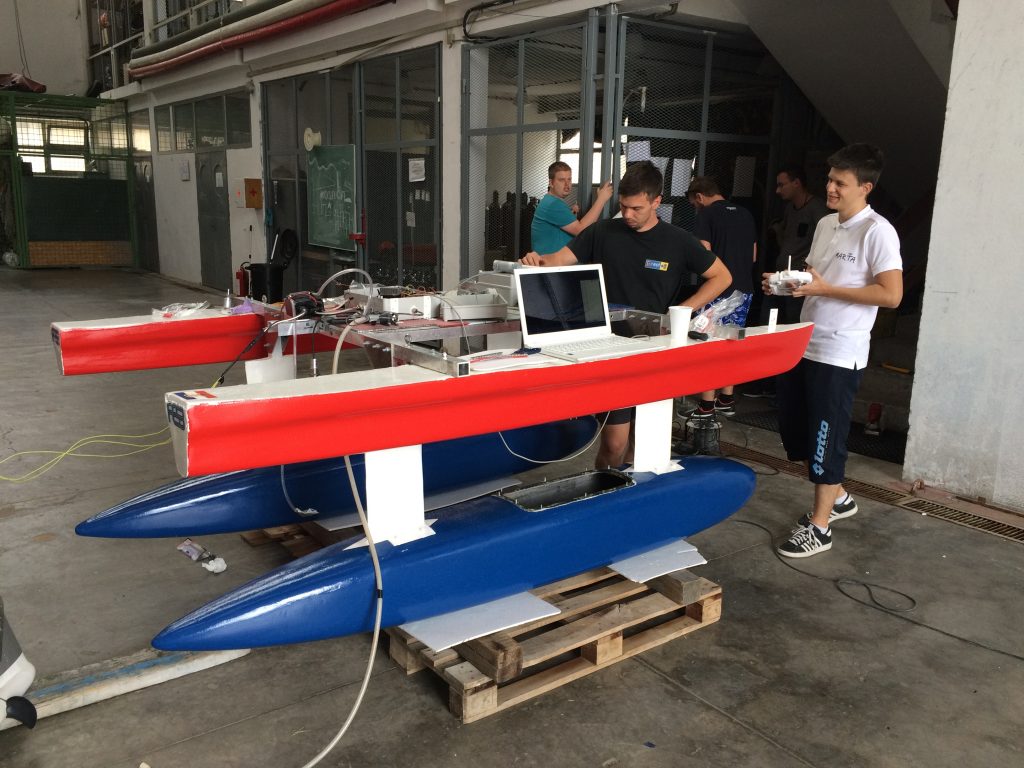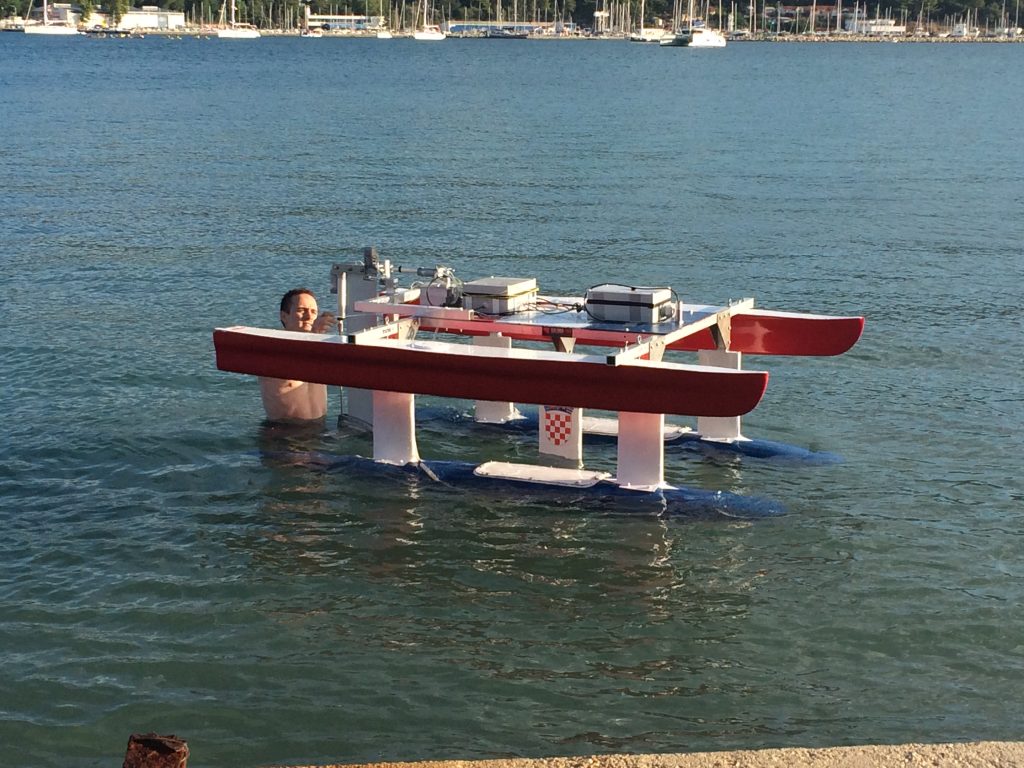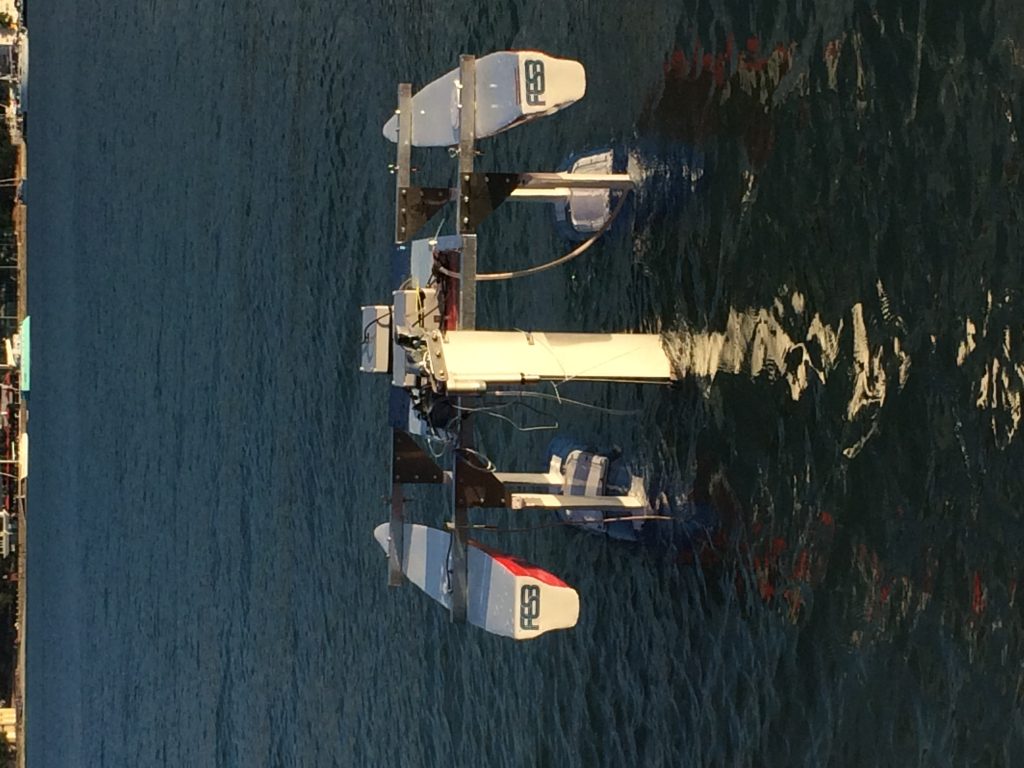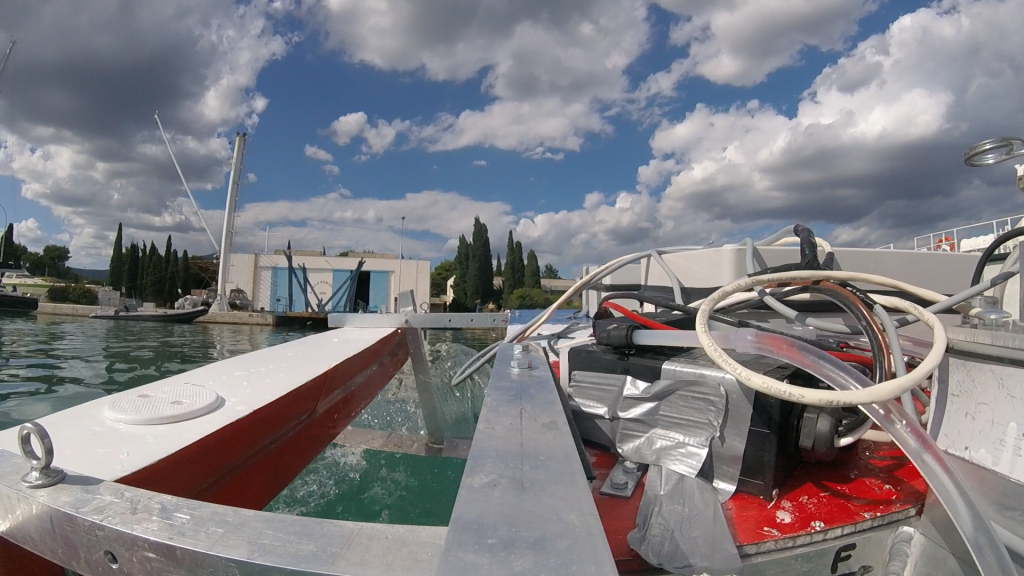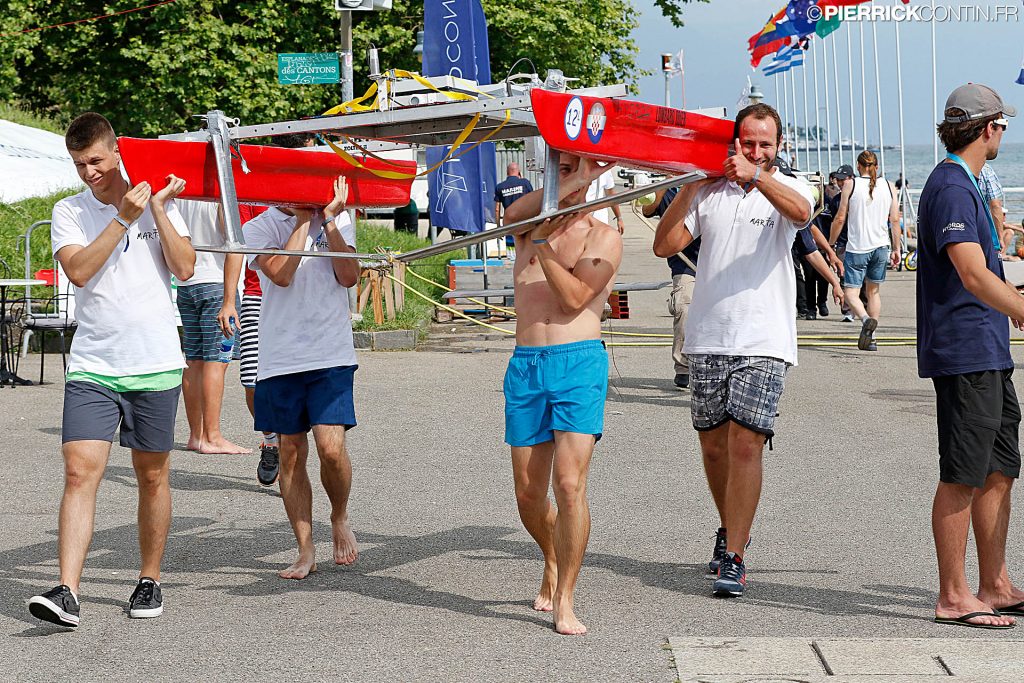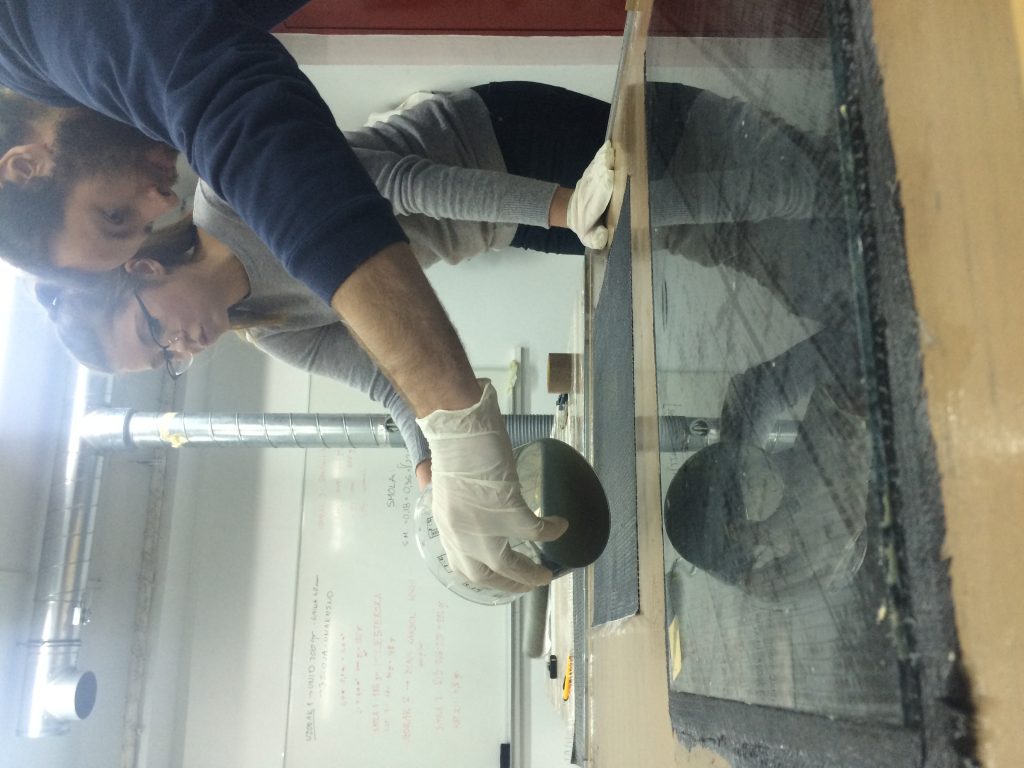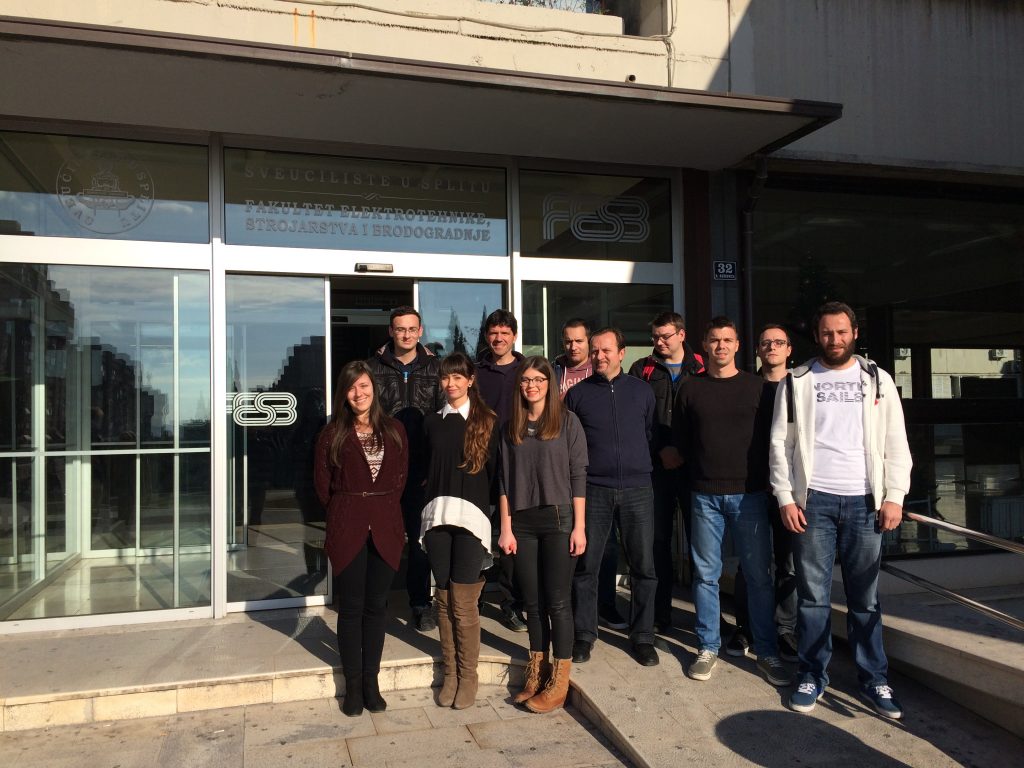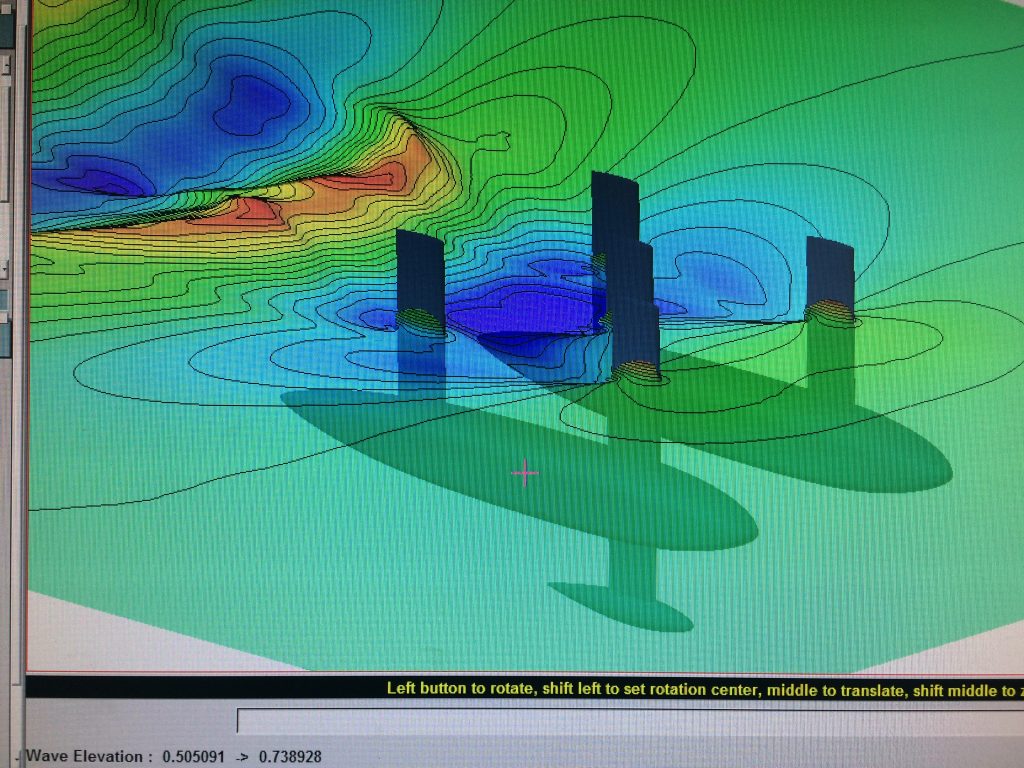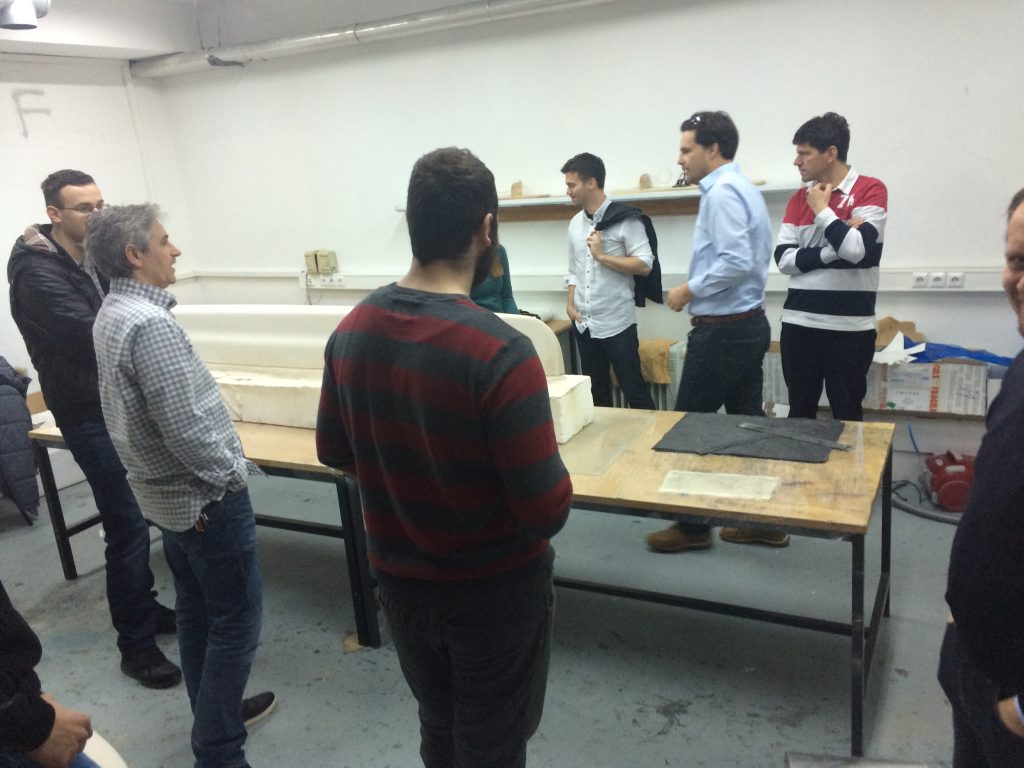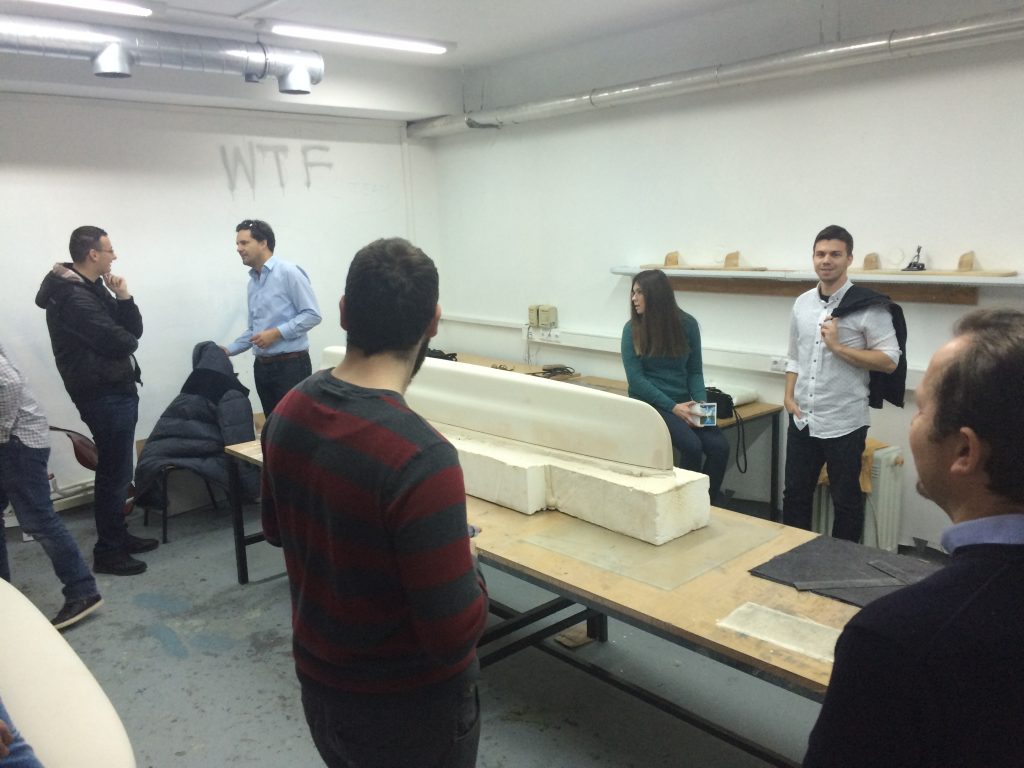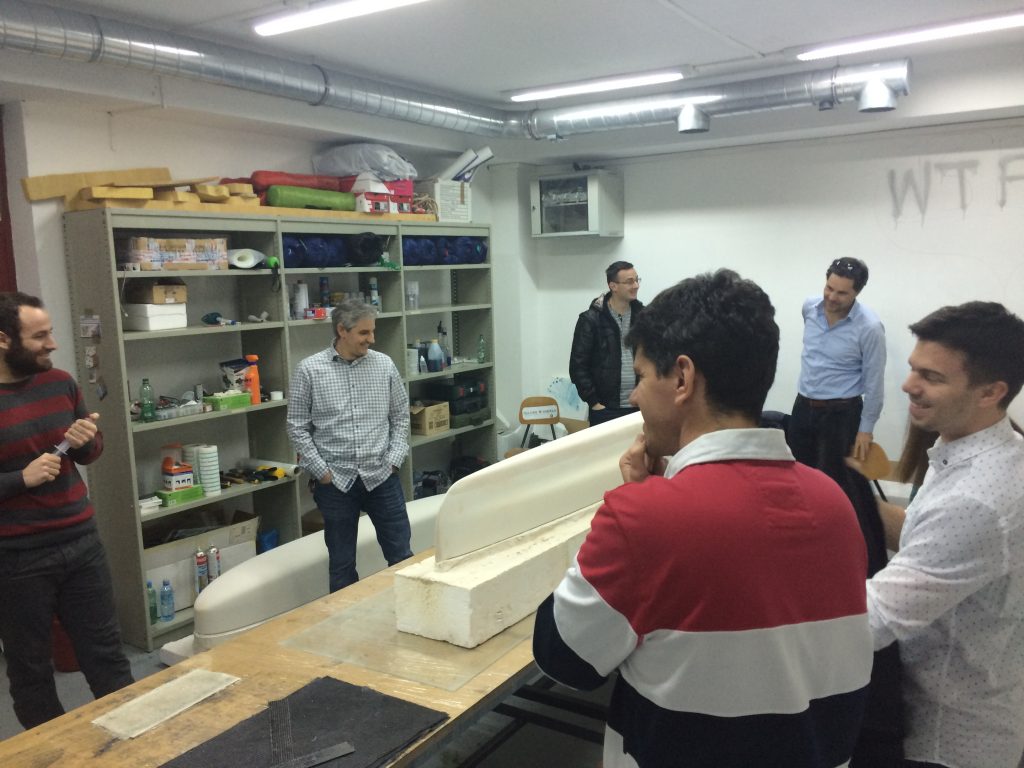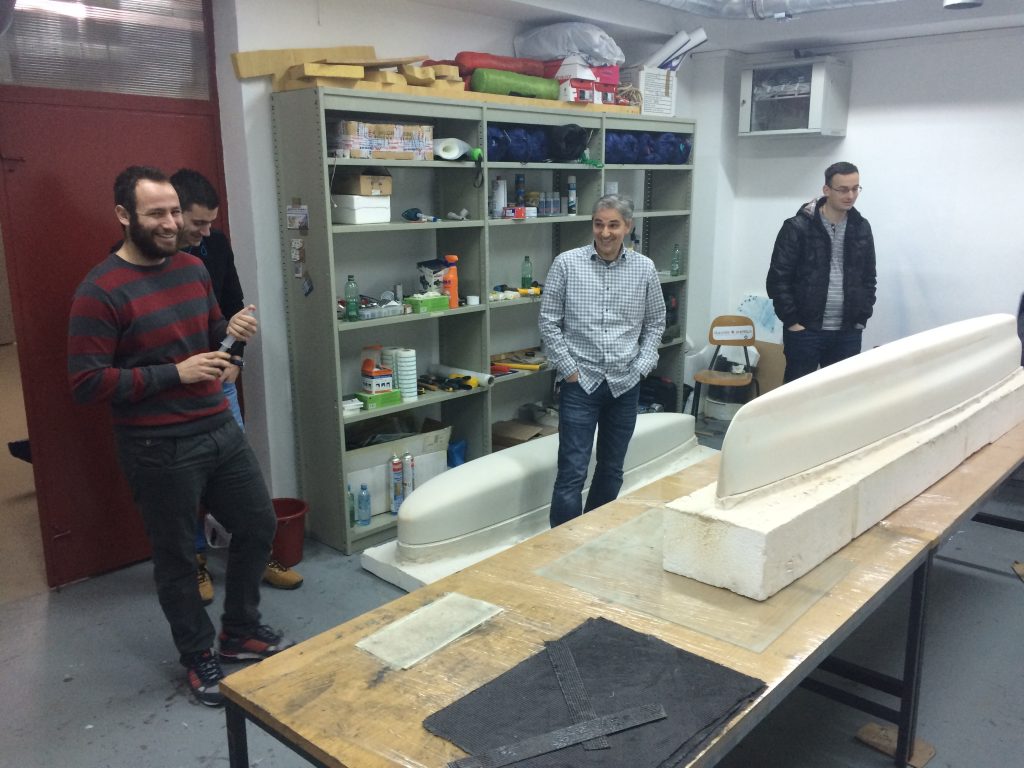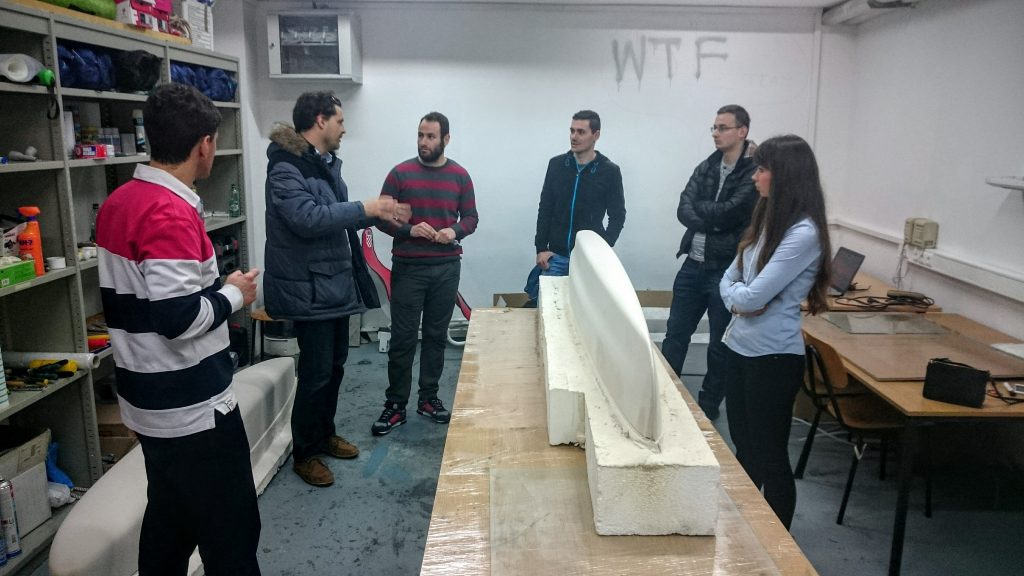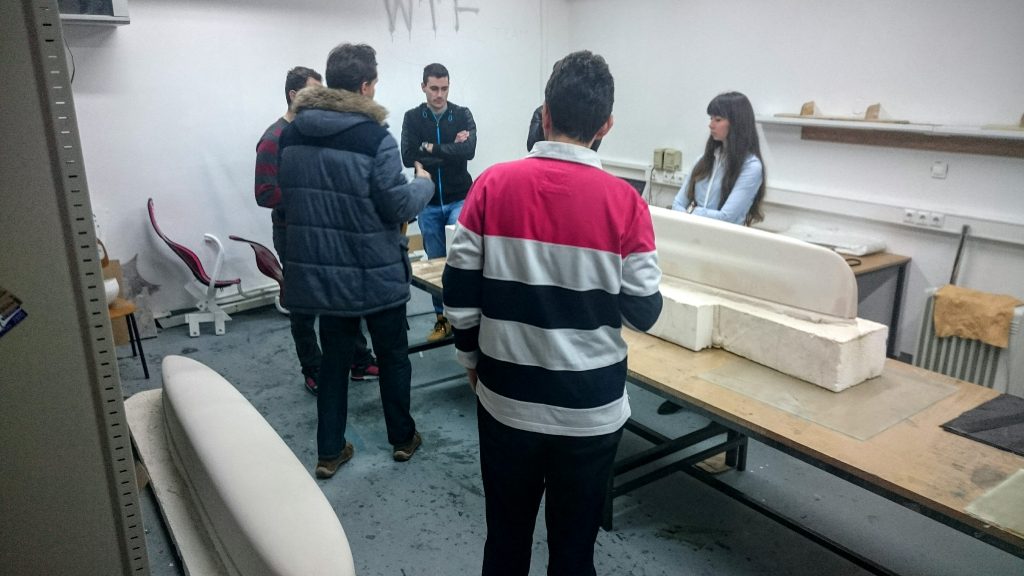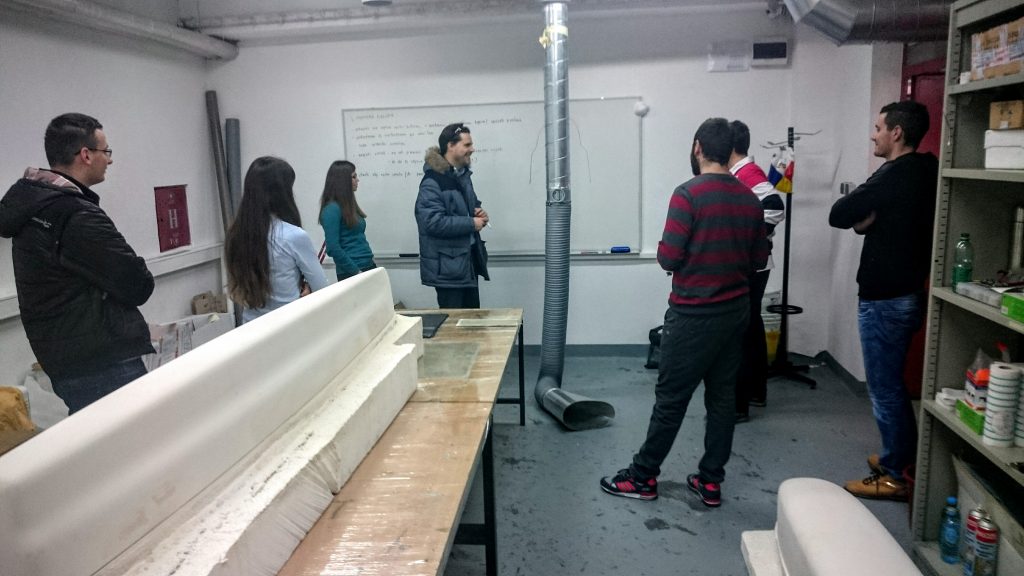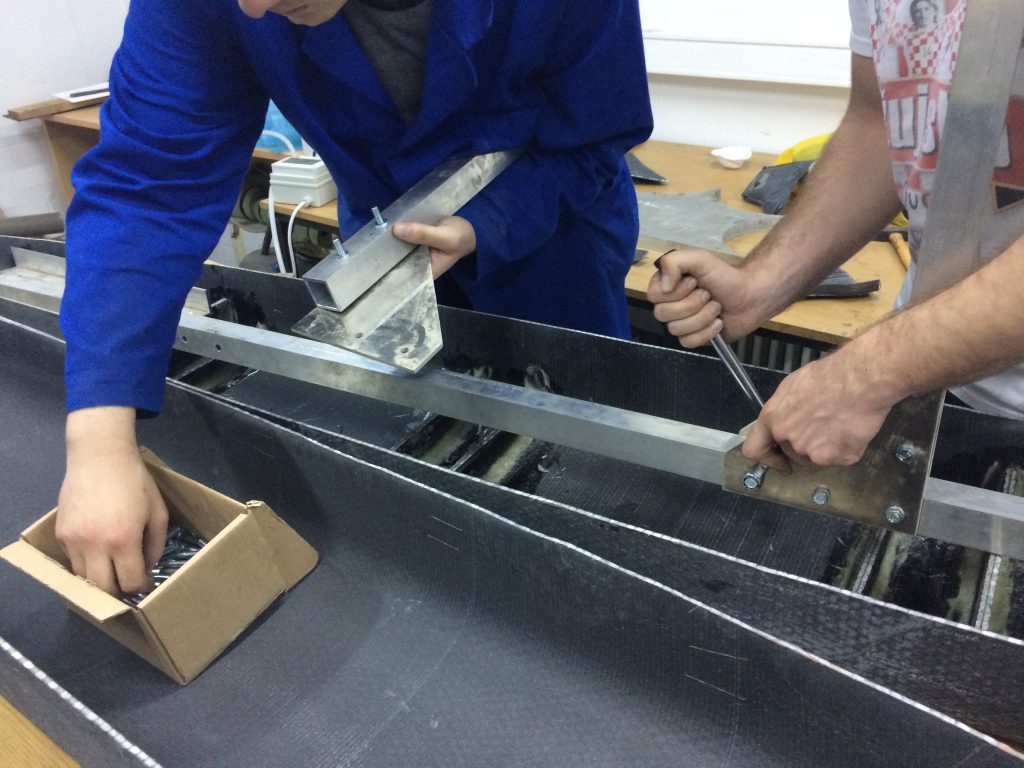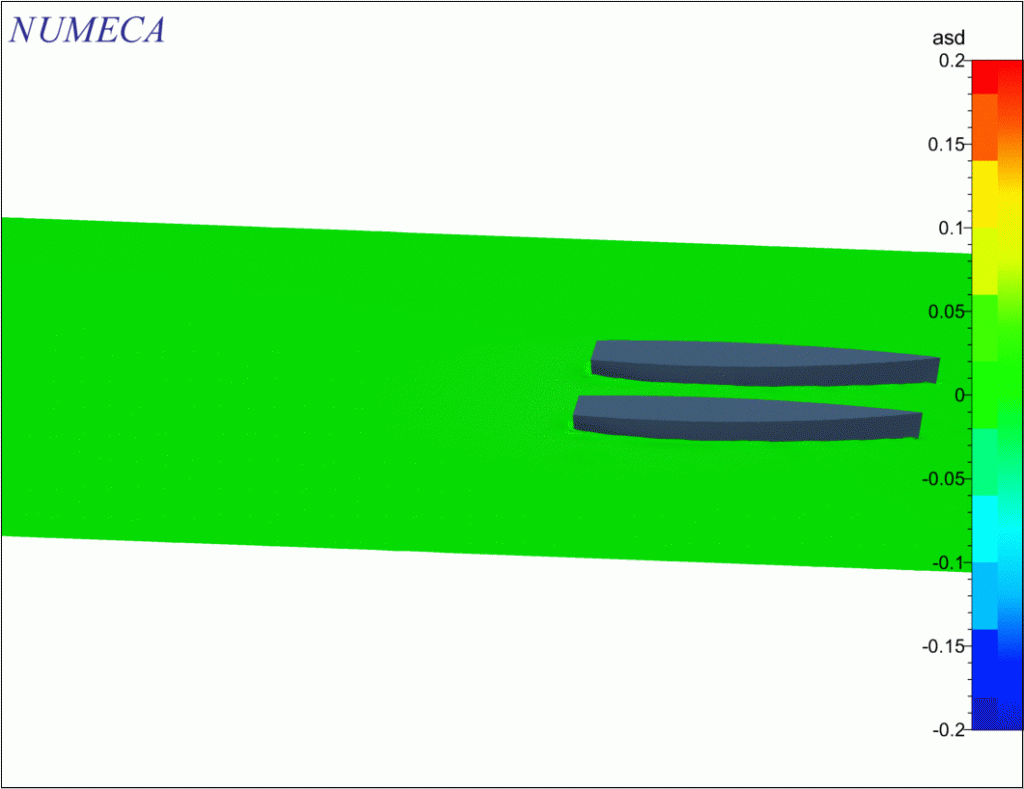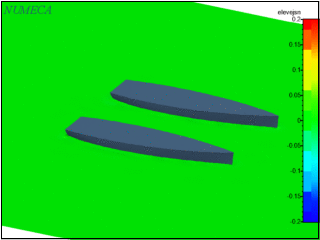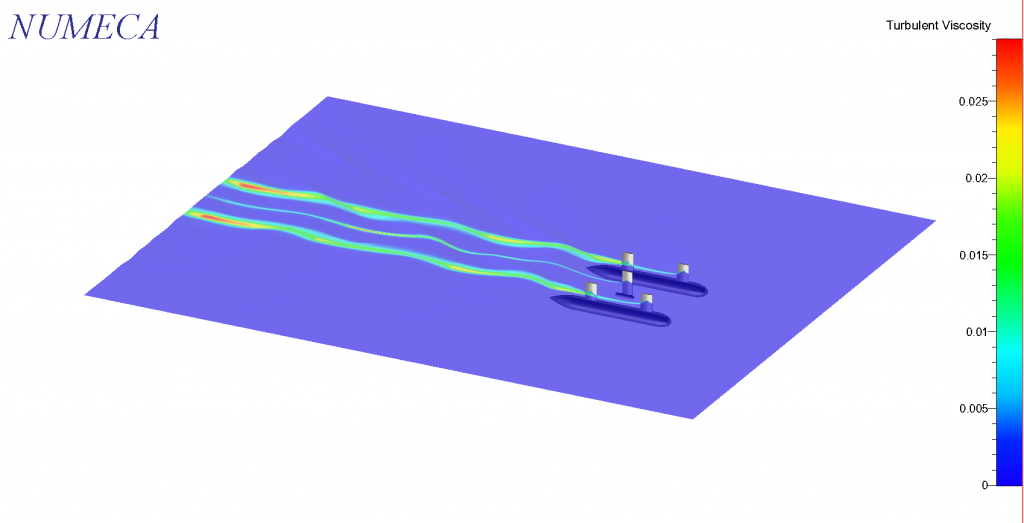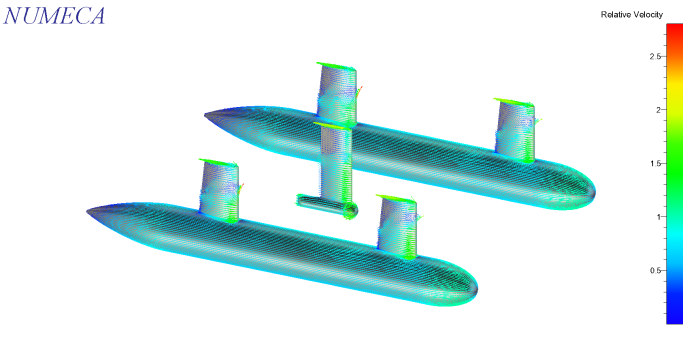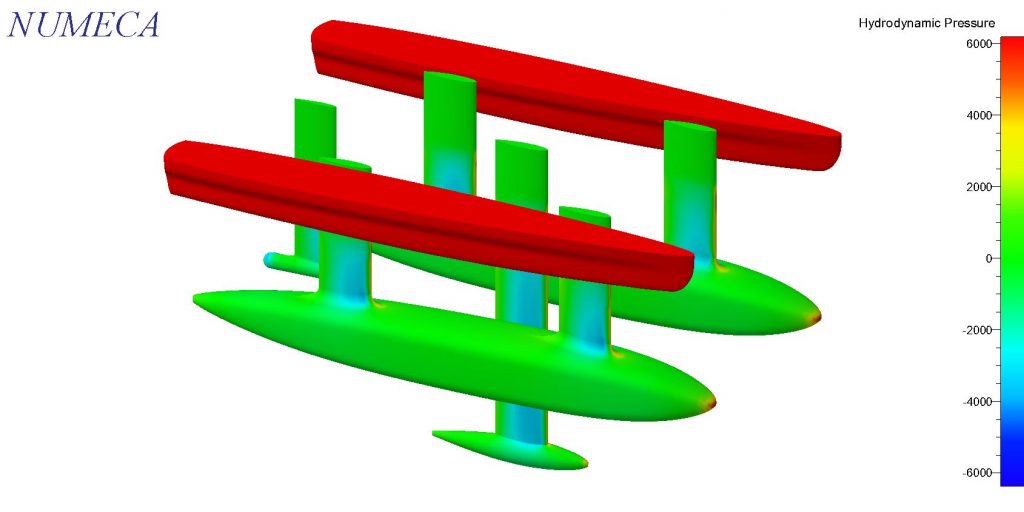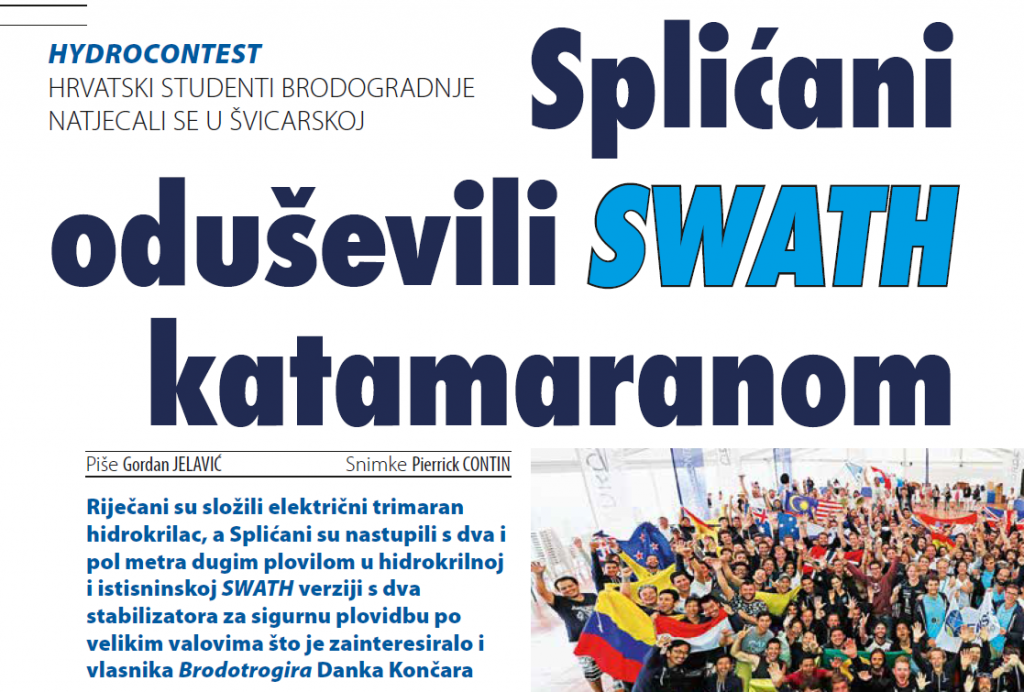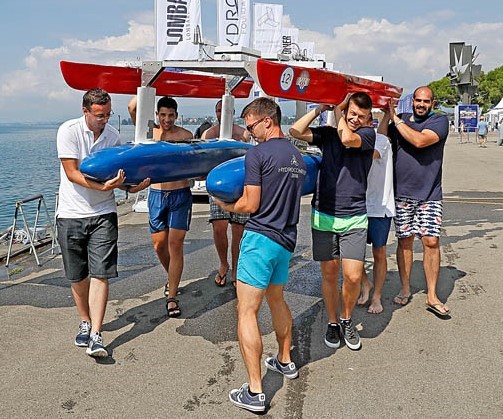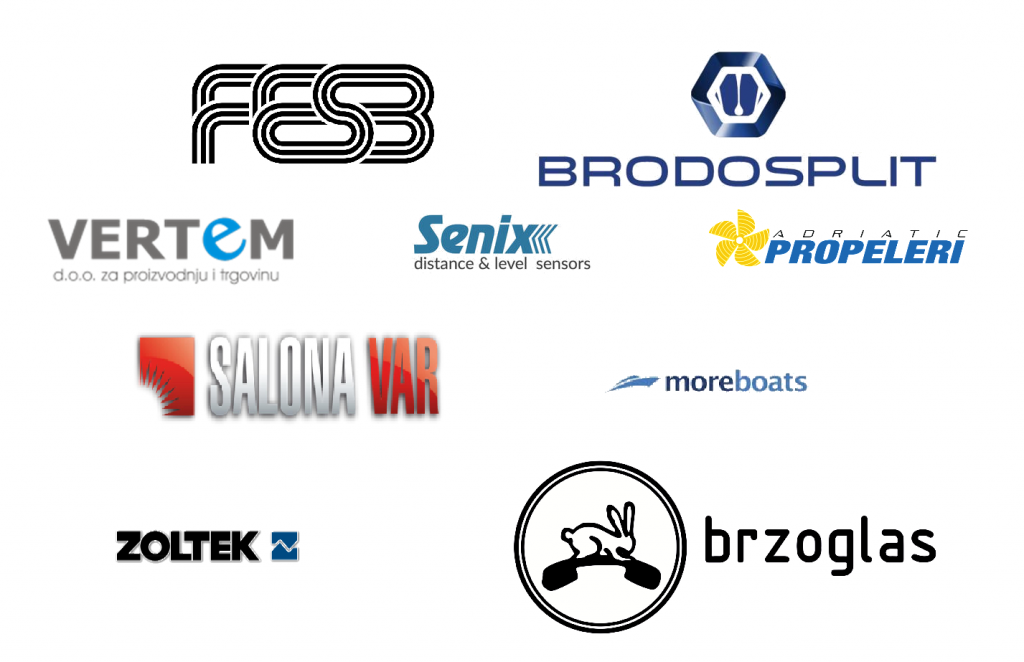About the project
The competition was held in Lausanne, Switzerland in 2016.
“Hydrocontest” competition was held in July 2016 in Lousanne, Switzerland, in collaboration with the Ecole Polytechnique Federale de Lausanne (EPFL) faculty. The organization of the non-profit organization “Hydros Foundation”, sponsored by Thierry Lombard and Lombard Odier Group. This was the first international competition in which the aim is to encourage young people to develop energy-efficient ships they believe are the future.
They are inviting us to make prototypes that with their form provide the least resistance to the installed power to achieve higher speeds. This is an incubator of young talents and technological innovations.
The main limitations were that the boat should not enter the default 2.5 x 2.5 x 2m range and all get the same propulsion, design and concept is left to us. There are two categories of competition, easy and tough. In the heavy category, it is necessary to embark 200kg of fixed dimension blocks in the lightweight category of 20 kg.
The first ship is a SWATH advanced vessel for a tough category. We have chosen it because we believe that this type of vessel represents the future of shipbuilding because it is technologically advanced. In direct design, direct budgeting methods, CFDs, and finite element methods (FEM) were widely used. Also what is ecologically “sensed” because of its shape of construction on which we have considerable savings on resistance at the time it is on the electricity that is powered.
Another boat is also the top of the advanced craft – Hydrocarbon. For designing and guiding us, we have guided the idea of reducing the resistance to save on electricity and time to achieve competitive speed, and we will continue to show both vessels to what we achieve.
Only the most advanced composite materials, most carbon fibers, will be used, when all hulls and hydrowings will be built. Extreme challenges in designing both vessels are the need for active dynamic stabilization of ships, which will be solved with the help of arduino and sensors. Both vessels propose the most efficient type of vessel for project requirements, which are most environmentally friendly.

